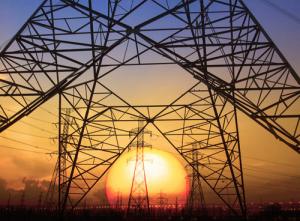As in yoga, flexibility is crucial
Mike Caravaggio, Sherry Bernhoft and Aiden Tuohy are Senior Project Managers, and John Bistline is Principal Technical Leader, at Electric Power Research Institute.
As in Yoga class, flexibility is crucial. The power grid has always needed to be flexible to respond to instantaneous changes in demand and in the availability of generating plants. Today, the need for flexibility has increased and become far more complex as many fossil fuel plants have retired and renewable resources have been constructed at a record pace. Add in customer-side supply and demand resources, electrification and battery storage, and the chess board goes from 2D to 3D to 4D. To reach deep decarbonization, and maintain reliance and affordability, our best scientists and engineers will need to master the board. So we gathered four of these experts, from different parts of the Electric Power Research Institute, to talk about how flexibility figures in achieving these goals for the grid. Perhaps some of this discussion will also help at your next session of Yoga.

PUF's Steve Mitnick: All of you are somehow considering the flexibility needs of the grid in your own areas. Sherry, how are you taking flexibility into account in the nuclear area?
Sherry Bernhoft: I'll focus on the U.S. market. Many of the nuclear power plants in the U.S. have been operating more than thirty years as base load units. The reason for this is economics. The large capital investment and low fuel costs favor operating nuclear plants as base load units.

